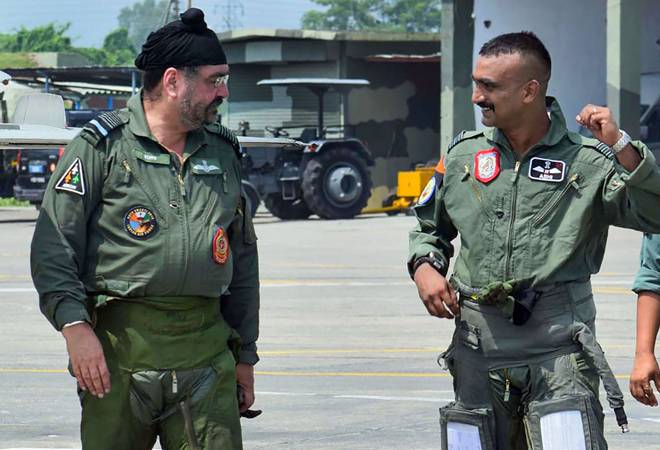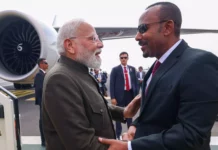When a dozen IAF Mirages took off from different bases in India to punish Pakistan for the Pulwama terrorist attack last February, it was one of the most dangerous missions ever undertaken by the Indian military in enemy territory. The punitive purpose had the potential of triggering a full-scale war, even a nuclear one, considering how nuclear-trigger happy Pakistan had been.
It was a mission which had no precedence–its principal objectives were seemingly contradictory. Its success depended as much on intelligence and meticulous planning as on restrained action. The purpose had two goals. One was to punish Pakistan for the terrorist attack by its sponsored proxies and second was to ensure that it did not escalate into a full-blown war.
The stakes were, in some sense, far higher this time than in a full-out war like the 1971 conflict–courage and planning were not the only two virtues the strike mission relied upon. Equally critical was keeping the lid of a possible war tightly shut. It was like flying on a knife’s edge.
The jets could have attacked anywhere, with impunity, inside Pakistan. It could have dropped the bombs on civilian targets or military installations in the short time the aircraft flew in and out of the enemy territory. Even an accident could have triggered a flare-up which, in the strictest sense, could have meant subversion of the very purpose of the strike mission with precise intelligence inputs on specific targets to be neutralised.
The fact that the Indian military could carry out this extraordinarily perilous mission with aplomb showed exemplary discipline and control on the part of men and leaders who led the mission.
These qualities, along with an equal dose of courage, came into play the next day of the Balakot strike, on February 27, 2019, when the Pakistan Air Force retaliated with a tremendous strike force of F-16 Falcons, Chinese-made JF-17s and some vintage Mirage-5 attack. The Pak targets were Indian military installations along the Line of Control. The Indian Air Force scrambled six MiG-21s to thwart the Pakistani firing.
Wing Commander AbhinandanVarthaman, flying one of the MiGs, not only chased the Pakistani strike force of F-16s and JF-17s but was also deft enough to get a lock-in on one of the Pakistani jets and shot it down after a 15-minute dog fight with a short-range Vympel R73 air-to-air missile. It was a stupendous achievement–to shoot down a modern combat jet while flying a vintage MiG-21 was a feat worth boasting about.
Although Varthaman was himself shot down later, his feat of `killing` a Chinese-made JF-17 combat jet was a classic `David and Goliath` battle. There was an old fighter plane which had been in the news more for accidents than any aerial combat capability. Facing it was a Chinese-designed and built, F-16 lookalike, JF-17, far more superior in technical ability than an upgraded MiG-21 Bison which Varthaman was flying. But then as the legend goes, the best plane is the one with the best pilot.
The punitive action, which sent shock waves across Pakistan, left its boastful army fumbling in shame. But the message of the Indian response struck home loud and clear. Although Pakistan would never admit, the Balakot strike had a dampening effect on its jihadi plans for India. With the international community coming out in support of the Indian actions, Pakistan has since been extremely wary of Indian reaction if any terrorist attack were to take place in the country. But how long is the moot question?







